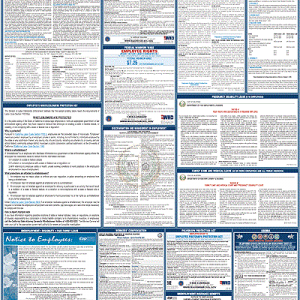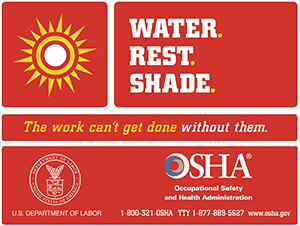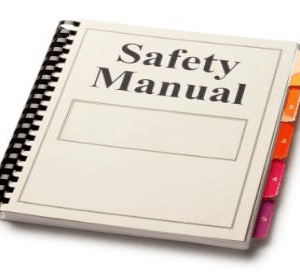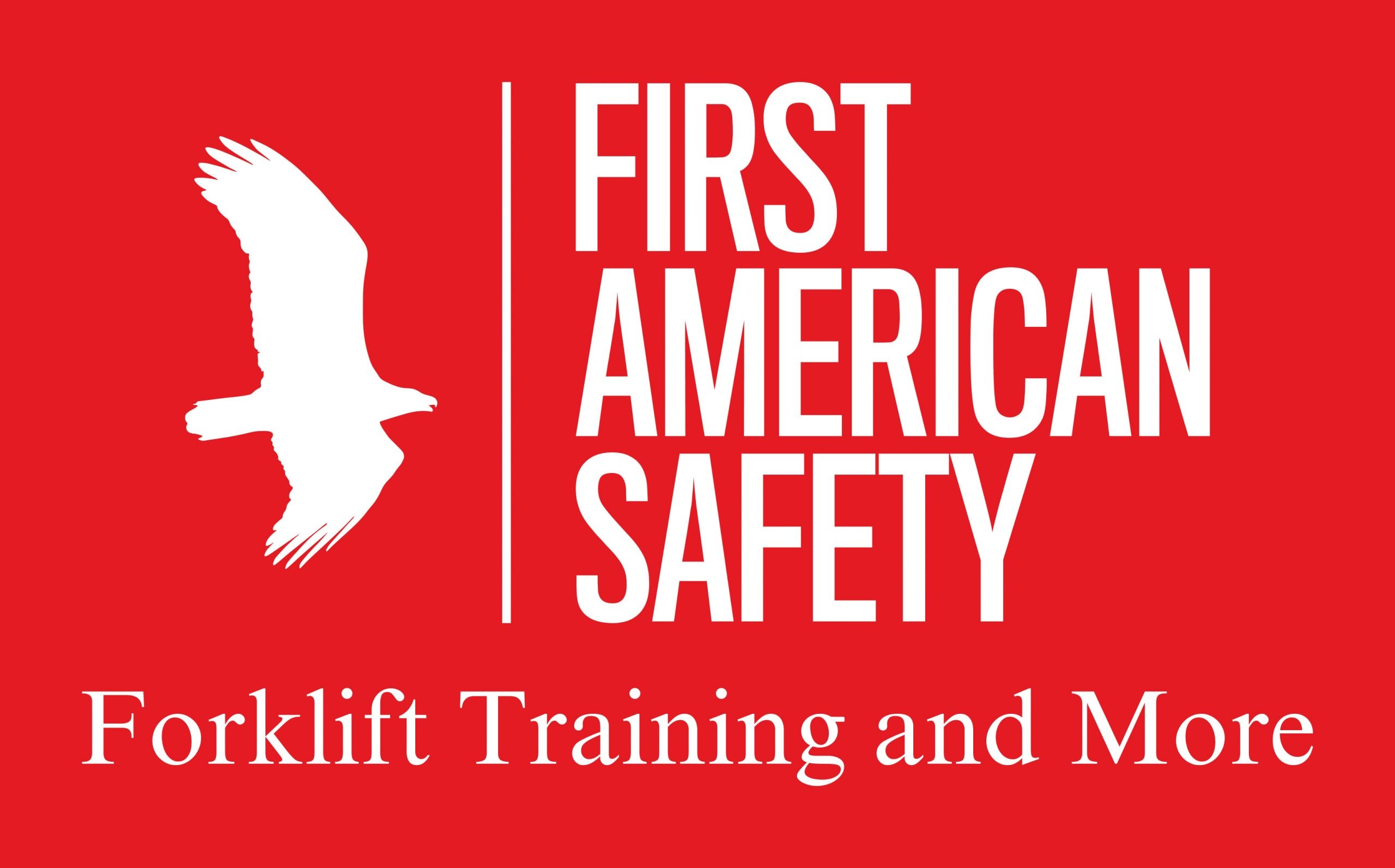Need some free safety meeting topics?
Falls from Elevations
Falls from Elevations Free Tailgate Safety Meeting Topic
Falls from elevations cause some of the worst injuries among workers. Good planning, supervision, training, and use of fall protection can drastically reduce the risk. If you work at any elevated locations, such as ladders, roofs, scaffolds, etc., you MUST protect yourself! Your employer must protect you as well.
The Risk of Falls from Elevations

Nearly every workplace has potential fall hazards. Anything from a small set of stairs, step ladders, getting in and out of tall vehicles, or working on roofs can result in fatal falls. Falls from elevations result from a combination of hazards:
- Working at heights without fall protection
- Failure to follow safe work procedures
- Slippery or uneven walking surfaces
- Poor housekeeping
- Distractions
Nearly every workplace has potential fall hazards. Anything from a small set of stairs, step ladders, getting in and out of tall vehicles, or working on roofs can result in fatal falls. Falls from elevations result from a combination of hazards:
- Working at heights without fall protection
- Failure to follow safe work procedures
- Slippery or uneven walking surfaces
- Poor housekeeping
- Distractions
How to Reduce Fall Hazards
The best way to eliminate fall hazards is to remove the need to work at heights in the first place. If eliminating the hazard is not possible, there are four primary methods for reducing the risk of falls from elevations:
- Guardrails – If you must work at heights, permanent or temporary guardrails are the best way to prevent falls. Guardrails should be 42-45″ high, with a mid-rail and toe board. Also, guardrails must be strong enough to support 200 pounds of weight applied in all directions.
- Fall Restraint – If guardrails are not possible, fall restraint is the next best thing. This is because fall restraints are a type of PPE that physically prevents a worker from falling over the edge. This is accomplished through either travel restriction or positioning. Typically, you will be attached to a fixed lifeline that prevents you from travelling too close to the edge.
- Fall Arrest – If fall restraint is not practical, fall arrest is the next line of defense. Fall arrest systems must include a full-body harness, a lifeline, and an anchor point. This system will allow you to fall over the edge. However, it is designed to cushion your fall in a way that will prevent injury. Also, the system must prevent the worker from striking the ground.
- Work Procedures – Finally, work procedures are a final line of defense against falls from elevation if the above methods are not possible. An example of this would be requiring three points of contact when climbing ladders. Work procedures also means training employees on the safest ways to access work areas and use equipment. All employers should evaluate the hazards of the workplace, create procedures to address the hazards, and train employee on them.
Here is the OSHA regulation on fall protection systems.
Take a look at our Slips, Trips, and Falls Safety Poster.
-
 2025 Labor Law Poster State and Federal Combo$33.99
2025 Labor Law Poster State and Federal Combo$33.99 -
Product on sale
 Heat Illness Prevention PlanOriginal price was: $39.99.$29.99Current price is: $29.99.
Heat Illness Prevention PlanOriginal price was: $39.99.$29.99Current price is: $29.99. -
Product on sale
 Injury/Illness Prevention Program (IIPP)Original price was: $49.99.$39.99Current price is: $39.99.
Injury/Illness Prevention Program (IIPP)Original price was: $49.99.$39.99Current price is: $39.99.
